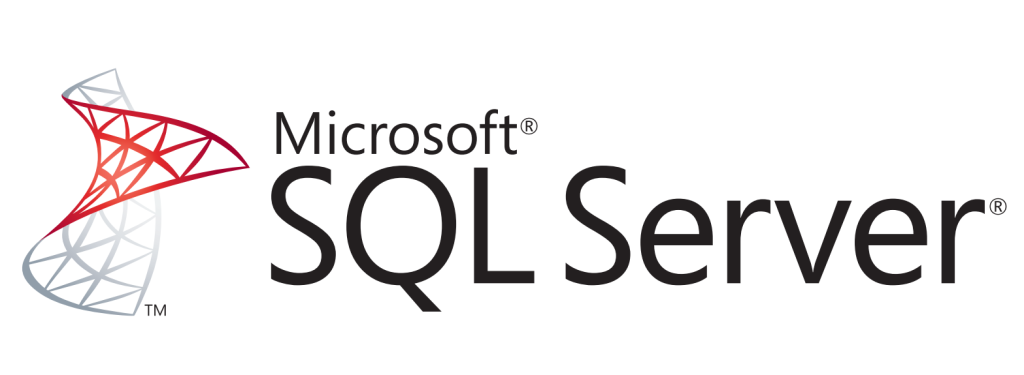Since their inception, creation and roll out in the 1980’s relational database management systems, or RDBMS for short, quickly became the global standard for database types used across the majority of industries. This is still the case today with financial, online gaming and a variety of other business types using a number of relational database management systems at the core of their businesses.
The most popular RDBMS used in 2016 are a trio of world famous pieces of software from Oracle, MySQL, and SQL Server. In this article we’ll be taking a quick look at the latest version of the latter of these three systems as Microsoft has made SQL Server 2016 Release Candidate 2 available within the last month in preparation for the full release of the newest version of the software in the near future and, for those looking to update their systems we’ll touch on the benefits of creating an SQL backup, and provide details on how to do this.
This second release candidate of SQL Server 2016 was made available on April 1st, just a month after the first release candidate version of the software, and this has a number of updates both development wise on the Microsoft side and feature wise.
As reported by Microsoft SQL Server team developer Remus Rusanu the SQL Server 2016 release will be the first Cloud First release and has been fundamentally changed throughout the offering, with the Azure SQL DB v12 being a radical shift in the way the Azure SQL DB product was developed and operated. Prior to this release the Azure SQL code base was based on a rowset level replication technology, specific to Azure SQL DB, and was a derivative of the core SQL Engine code. This is why there were restrictions in Azure SQL DB that all tables must have a clustered index – with a large number not being supported.
The new version that SQL Server 2016 is based on is physical database replication – which is also known as ‘mirroring’, or ‘HADRON’, or ‘AlwaysOn’, or ‘Always ON’ – and now sees the Azure SQL DB working on the same type of coding as the product itself. This has profoundly changed the way that SQL Server operates.
This has helped a number of additions to be included in the latest release of SQL Server 2016, with the main improvements being Dynamic Data Masking to allow certain people access to specific pieces of data, Multiple TempDB Database Files which can be configured when installing SQL Server 2016 unlike the manual process of the previous iteration of the software, the addition of previous data from Revolution Analytics following Microsoft’s buyout of the company and Stretch Databases, that allow the easier running of queries on active and archived data while showing results as if all the data had come from the same source.
There are, of course, many more major updates to the previous versions of SQL Server with this release too, but that is a quick overview of some of the main upgrades that users are likely to see on the current release candidate that is available to be downloaded right now. One of the biggest things for people to keep in mind when upgrading to the latest version of SQL Server 2016 is to ensure that all previous versions of the software and all of the data contained within them are saved via the means of an SQL backup.
The reasoning for this is that, as with all changes to systems and software, issues can occur and the loss of data, especially business critical information that is general stored within SQL Server databases, can cause major, if not irreparable, damage to companies.
The Iperius software offers users a flexible and powerful option to complete a SQL Server backup that can be used “on the fly” meaning that no services are interrupted while the SQL Server backup database is created. The software can be used to backup an unlimited amount of servers and databases with a single license, regardless of whether the database server is on the local machine, in the local network or remote, and works with all fully released versions of SQL Server (2005, 2008, 2012, 2014 and Express).
The best thing about the Iperius software for creating an SQL backup is that it can automatically create the backups to any location whether local (such as NAS, tapes, etc….) or online (Cloud, Dropbox, Amazon S3, Google Drive, FTP are all possible destinations).
Information details on how to create an SQL backup using the Iperius software can be viewd here: https://www.iperiusbackup.net/en/sql-server-backup-iperius/
Please be aware that there are further steps needed to be taken if wishing to create an SQL backup to Azure Storage (Microsoft Cloud). The full tutorial on how to complete these additional steps can be viewed here – https://www.iperiusbackup.net/en/backup-azure-storage-microsoft-cloud-iperius/.
Finally, should users wish to schedule automatic backups of their data and receive email notifications the information on these settings can be reviewed in the following links:
https://www.iperiusbackup.net/en/how-to-schedule-automatic-backup-with-iperius/
https://www.iperiusbackup.net/en/configuring-email-notifications-after-backup/


PLEASE NOTE: if you need technical support or have any sales or technical question, don't use comments. Instead open a TICKET here: https://www.iperiusbackup.com/contact.aspx
**********************************************************************************
PLEASE NOTE: if you need technical support or have any sales or technical question, don't use comments. Instead open a TICKET here: https://www.iperiusbackup.com/contact.aspx
*****************************************